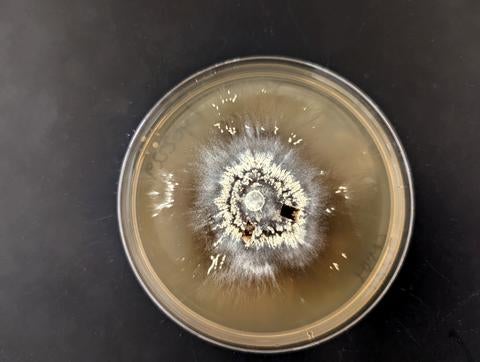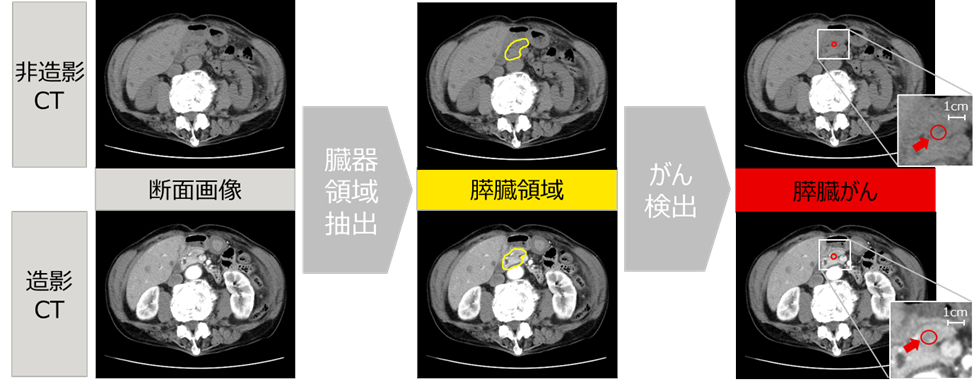レッドウッドの森を変える菌類やバクテリアの存在 Burns allow fungi, bacteria to transform redwood forests
2022-04-25 カリフォルニア大学リバーサイド校(UCR)

The fungus Lyophyllum Atratum thrived in post-Soberanes Fire soil. (Dylan Enright/UCR)
・カリフォルニア大学リバーサイド校の新しい研究は、レッドウッド-タノアック林における微生物の火災反応を調べました。火災直後に、2つの燃焼区画と1つの未燃焼区画から土壌を再サンプリングして、土壌微生物叢に対するメガファイアの影響を解明しました。
・火事により、細菌の組成が27%、真菌の組成が24%変化しましたが、未燃の区画では真菌の変化はなく、細菌の組成の変化はごくわずかでした。火に積極的に反応した好熱性分類群は系統発生的に保存されており、共通の進化的特徴を示唆している。
<関連情報>
- https://news.ucr.edu/articles/2022/04/25/meet-forest-microbes-can-survive-megafires
- https://onlinelibrary.wiley.com/doi/10.1111/mec.16399
レッドウッド・タノアック林における大規模火災は細菌および真菌の豊富さを減少させ、系統発生的に保存された親油性分類群を選択する Mega-fire in redwood tanoak forest reduces bacterial and fungal richness and selects for pyrophilous taxa that are phylogenetically conserved
Dylan J. Enright,Kerri M. Frangioso,Kazuo Isobe,David M. Rizzo,Sydney I. Glassman
Wiley Online Library published: 13 February 2022
DOI:https://doi.org/10.1111/mec.16399
Abstract
Mega-fires of unprecedented size, intensity and socio-economic impacts have surged globally due to climate change, fire suppression and development. Soil microbiomes are critical for post-fire plant regeneration and nutrient cycling, yet how mega-fires impact the soil microbiome remains unclear. We had a serendipitous opportunity to obtain pre- and post-fire soils from the same sampling locations after the 2016 Soberanes mega-fire burned with high severity throughout several of our established redwood–tanoak plots. This makes our study the first to examine microbial fire response in redwood–tanoak forests. We re-sampled soils immediately post-fire from two burned plots and one unburned plot to elucidate the effect of mega-fire on soil microbiomes. We used Illumina MiSeq sequencing of 16S and ITS1 sequences to determine that bacterial and fungal richness were reduced by 38%–70% in burned plots, with richness unchanged in the unburned plot. Fire altered composition by 27% for bacteria and 24% for fungi, whereas the unburned plots experienced no change in fungal and negligible change in bacterial composition. Pyrophilous taxa that responded positively to fire were phylogenetically conserved, suggesting shared evolutionary traits. For bacteria, fire selected for increased Firmicutes and Actinobacteria. For fungi, fire selected for the Ascomycota classes Pezizomycetes and Eurotiomycetes and for a Basidiomycota class of heat-resistant Geminibasidiomycete yeasts. We build from Grime’s competitor–stress tolerator–ruderal (C-S-R) framework and its recent microbial applications to show how our results might fit into a trait-based conceptual model to help predict generalizable microbial responses to fire.


